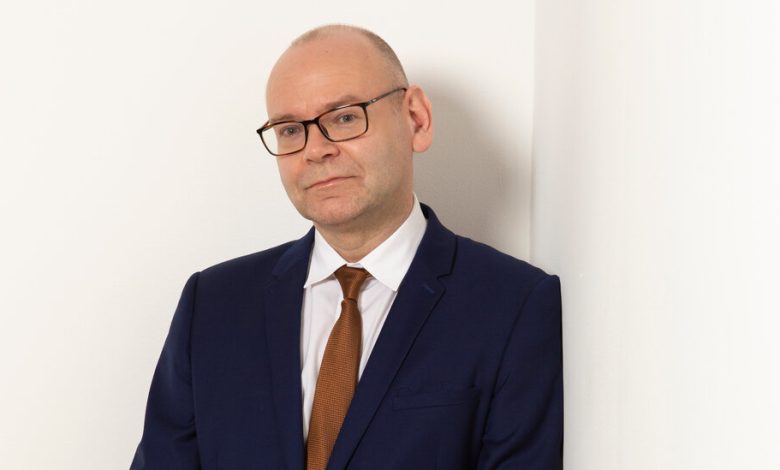MoMA Photo Curator Departs for French Foundation After 2 Years

Clément Chéroux, the chief curator of photography at the Museum of Modern Art, will return to his native France to direct the Henri Cartier-Bresson Foundation, a photography institute in Paris. His departure, announced Thursday by the French foundation, comes after just two years at MoMA, during which the museum was closed for the coronavirus pandemic and its programming was disrupted.
During Chéroux’s short tenure, which began in the summer of 2020, the department acquired works by Deana Lawson, Sara VanDerBeek and other new talents, as well as important archival collections, such as Marilyn Nance’s photographs of FESTAC 77, the renowned 1977 African arts festival. Two significant photography exhibitions, both curated by Chéroux’s colleague Roxana Marcoci, are now on view: a retrospective of the German artist Wolfgang Tillmans and a showcase of women photographers.
The photography department at MoMA has continued to reshuffle its collection displays, which now commingle artistic disciplines. The museum’s first gallery, formerly home to Cézanne’s “Bather” and van Gogh’s “Starry Night,” currently examines how early photography captured the changing nature of cities in 19th-century Europe and America.
The Cartier-Bresson Foundation was established in 2003 to conserve the archives of Henri Cartier-Bresson and his wife, the photographer Martine Franck, as well as to provide an exhibition space to other photographers. In 2018 it moved from an artist’s studio in Montparnasse to its current home in the Marais, and this November it will open new exhibition galleries that will expand the foundation’s home by a third.
Chéroux’s departure once again leaves vacant one of the most prestigious posts in American photography, previously held by Edward Steichen and John Szarkowski. In a statement, Glenn D. Lowry, MoMA’s director, called Chéroux a “gifted curator and a beloved colleague whose leadership of our photography program through an exceptionally difficult period was exemplary.”
